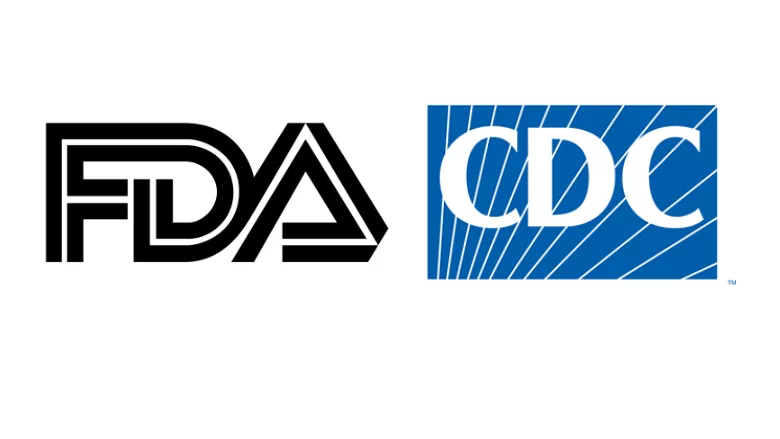FDA, CDC Partner to Strengthen Retail Food Safety with MOU

On September 21, 2022, the U.S. Food and Drug Administration (FDA) and the U.S. Centers for Disease Control and Prevention’s National Center for Environmental Health (CDC’s NCEH) signed a memorandum of understanding (MOU) that formalizes a partnership between the agencies for the purpose of reducing foodborne illness hazards in food retail and foodservice establishments.
An objective of NCEH is to support state, tribal, local, and territorial (STLT) environmental health programs in their efforts to respond to adverse environmental exposures, such as foodborne illness outbreaks, and their health consequences. While FDA guides retail food protection efforts at the federal level through the National Retail Food Team (NRFT), STLT governments exercise primary regulatory control over the retail food industry.
FDA and CDC hope to achieve three primary goals under the MOU:
- To increase uniformity, consistency, and capacity of STLT retail food protection programs
- To promote industry’s active managerial control of foodborne illness risk factors and promote a culture of food safety
- To maintain a strong FDA NRFT and CDC NCEH workforce to assist STLT partners.
The MOU also outlines several objectives to achieve the aforementioned goals. The objectives are: to improve the efficacy of risk-based inspections and foodborne illness outbreak investigations among STLT; augment research in support of foodborne illness risk factor reduction; bolster the knowledge, skills, and abilities of FDA NRFT and CDC NCEH staff; and promote robust food safety culture and food safety management systems (FSMS) within food retail and foodservice establishments.
Finally, the MOU includes FDA’s and CDC’s responsibilities within the partnership, which are to:
- Develop and execute action plans to achieve the objectives of the MOU
- Establish metrics to measure the success of collaborations
- Establish direct and consistent relationships at multiple organizational levels within FDA and CDC to document and share best practices
- Identify opportunities for efficiencies in FDA’s and CDC’s respective studies designed to impact food worker behavior
- Identify opportunities for leveraging the respective resources of FDA and CDC to more efficiently and effectively support STLT retail regulatory programs
- Identify opportunities for mutual support in both FDA and CDC retail food protection initiatives
- Develop, promote, and co-sponsor joint complementary training events, presentations, and information sessions beneficial to STLT retail regulatory officials and/or industry
- Share information related to FDA’s and CDC’s goals, and work collaboratively to seek continuous improvement and enhanced performance over time
- Provide mutual technical resources between FDA and CDC
- Provide mutual, timely notification between FDA and CDC when issues of shared concern become evident
- Determine the need for, develop, and execute complementary, interagency agreements, as necessary, to achieve the goals of the MOU.
Liaison officers have been appointed for each MOU partner. The liaison officers are Glenda Lewis, M.S.P.H. for FDA’s Center for Food Safety and Applied Nutrition (CFSAN); Andre Pierce, M.P.A., R.E.H.S. for FDA’s Office of Regulatory Affairs (ORA); Laura Brown, Ph.D. for CDC/NCEH; and Sherri McGarry for CDC/NCEH.
The MOU was signed by Patrick Breysse, Ph.D., C.I.H., Director of CDC’s NCEH and Agency for Toxic Substances and Disease Registry; Susan T. Mayne, Ph.D., Director of FDA’s CFSAN; and Judy McMeekin, Pharm.D., Associate Commissioner for Regulatory Affairs at FDA’s ORA.
All activities undertaken through the MOU are subject to the availability of FDA and CDC personnel, resources, and funds. The agreement became effective on the date of signing. FDA and CDC will review the MOU and its goals annually.
Looking for quick answers on food safety topics?
Try Ask FSM, our new smart AI search tool.
Ask FSM →







